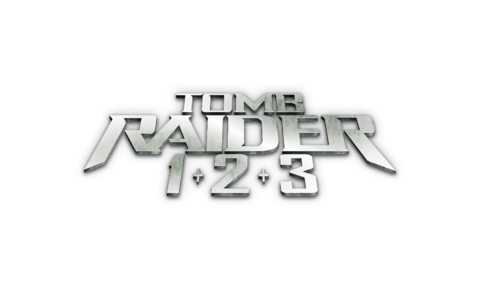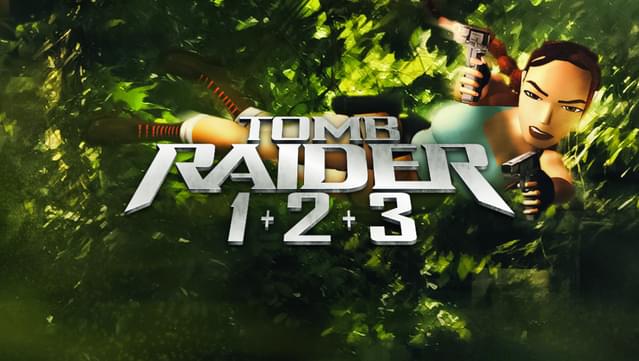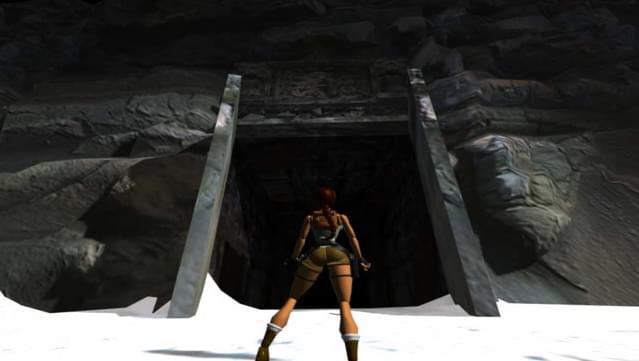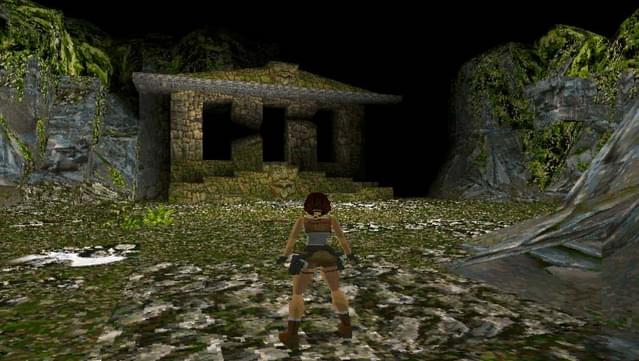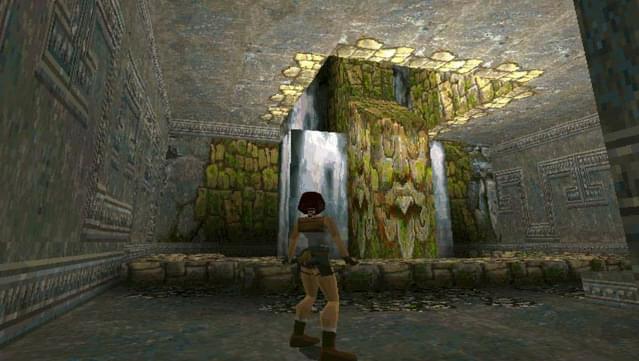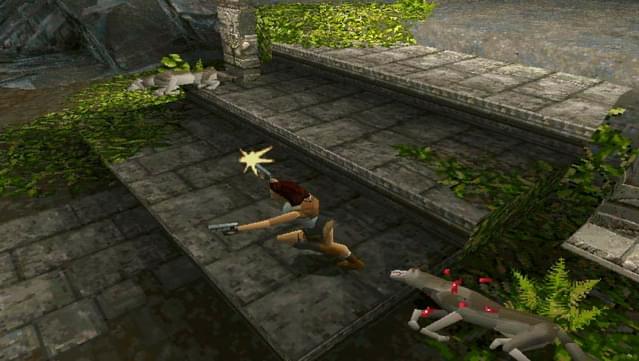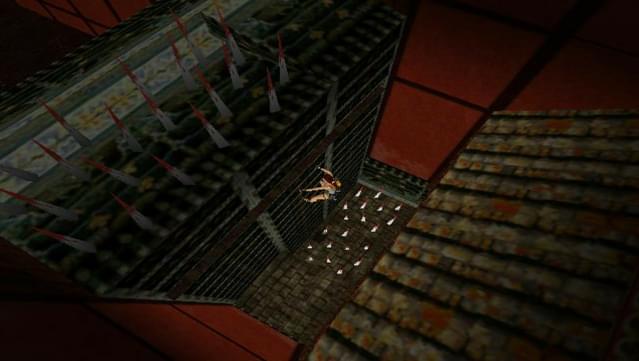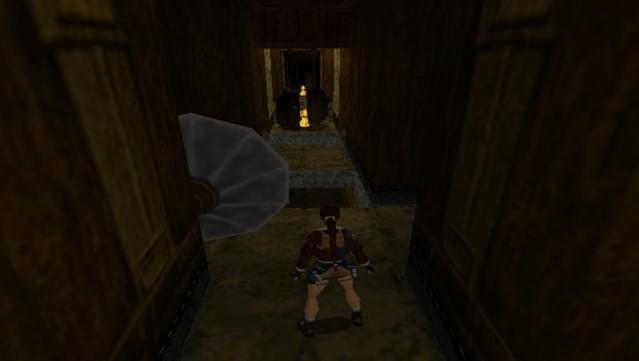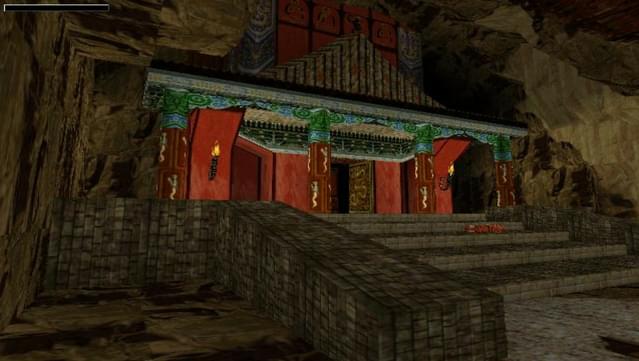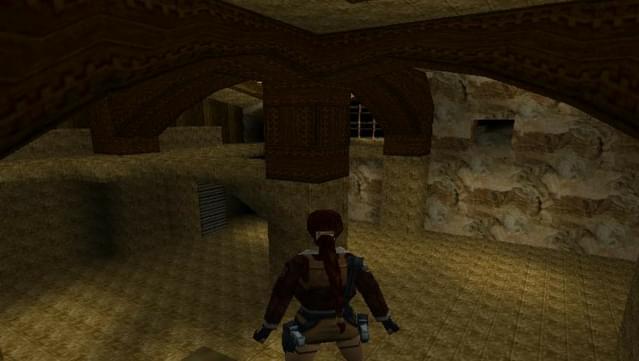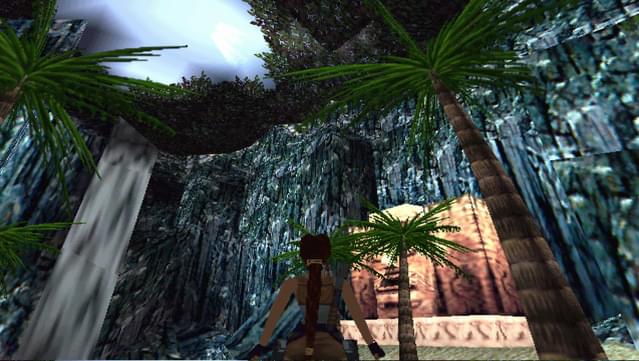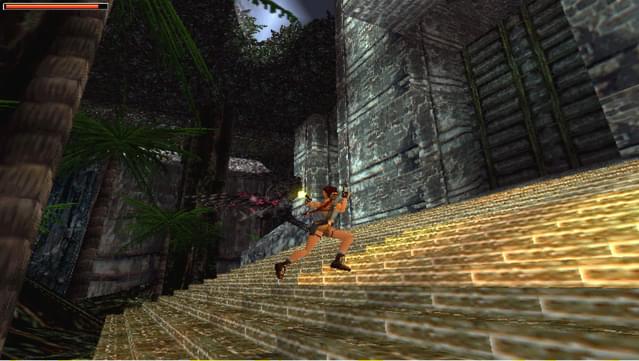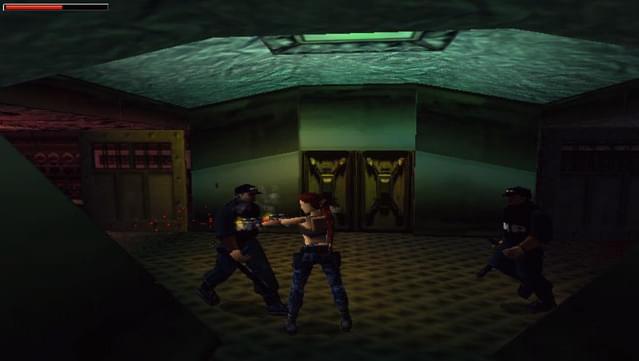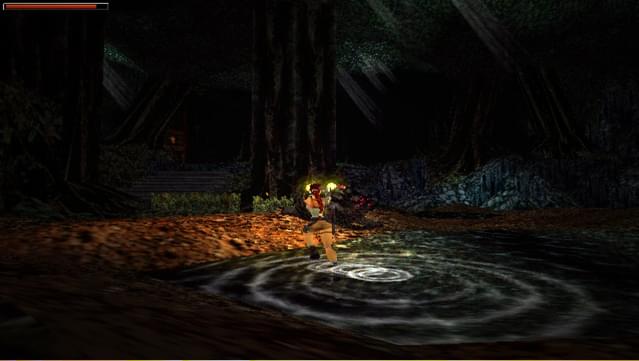Posted on: April 2, 2013

nitrogenfingers
Bestätigter BesitzerSpiele: 330 Rezensionen: 48
A relic of video game control schemes
Though best remembered as being the debut of perhaps the most controversial protagonist in video gaming, it was also an early foray into 3D platforming. Unlike it's more arcade-like cousins, Tomb Raider focuses on more realistic character movement, perhaps most comparable to the early Prince of Persia. It's strange coming back to this game and forgetting, just how hard it was to actually control Lara. She can only really move fluidly forward and turning left and right, rather like a car- to make tight turns she has to be stationary, and must roll to face another direction quickly. Croft moves with a now long-abandoned character-relative model, where platformers arguably less realistic but far more maneuverable (Soul Reaver of the same period) opt for camera relative, where no such turning measures are appropriate. While some of the jumping puzzles will feel a bit clunky it's manageable: it's only when forced to battle creatures far more maneuverable than her like wolves and bears that it's clear why we've moved on. Take away this glaring flaw in the game play and the experience is polished but unexceptional, with some nice environments but the game play coming to feel a bit samey over the trilogy and combat leaving the player feeling out of control, particularly against armed opponents. But in 1996 it gave us open 3D environments, natural platforming, approachable 3rd person gunplay and a massive step for games in the journey of finding an identity.
Hilft dir das weiter?
